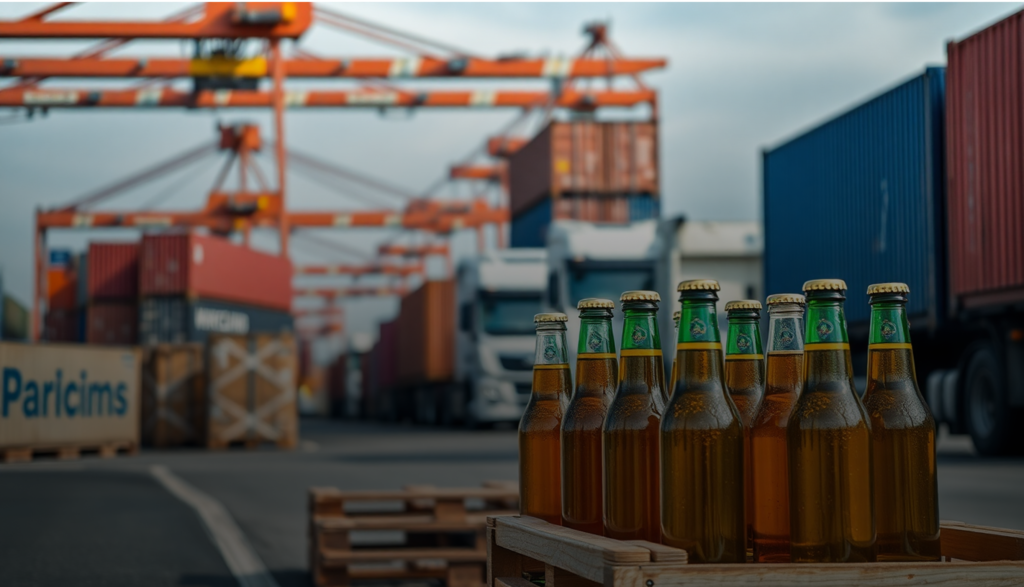President Donald Trump’s abrupt 90-day pause on many of his newly announced tariffs has sent shockwaves through the global economy. Initially, the White House planned to impose wide-ranging levies on nearly all imported goods, aiming to reduce the US trade deficit and bolster domestic manufacturing. While this sudden reprieve offers relief to several trading partners, Canadian businesses remain subject to steep tariffs, heightening concerns for the country’s beverage sector.
Background: Sweeping Tariffs and Sudden Shifts
As Kiplinger reports, Trump’s tariff announcements in early April targeted everything from steel and aluminium to automobiles, setting baseline rates and higher “reciprocal” rates for certain countries. Then, on 9 April, the administration surprised markets by pausing most new tariffs for 90 days—an effort widely interpreted as an attempt to restore investor confidence after significant market turbulence.
However, not every nation benefited equally. According to a Reuters source, tariffs on imports from Mexico and Canada remain in effect despite the broader suspension. Meanwhile, in a move likely to inflame trade tensions, the White House raised duties on Chinese goods to 125%.
Impact on Canada
Canada’s Prime Minister, Mark Carney, described the pause as a “welcome reprieve for the global economy,” NDTV World notes. Yet, Canada continues to face a 25% tariff on various exports, plus a 10% levy on energy and potash. This uneven approach ensures that Canadian producers, including those in the beverage industry, could see increased costs on raw materials, packaging, and distribution.
Even though beverages themselves may not always be directly targeted, the ripple effects—such as higher aluminium prices for cans—have immediate consequences for profit margins. Ottawa has responded with its own retaliatory measures, underscoring that cross-border tensions remain high.
Market Response and Industry Outlook
The BBC highlights that US stocks initially plunged after Trump’s sweeping tariffs were announced, only to rebound when the pause was confirmed. Despite this market volatility, there is little certainty about the longer-term direction of US trade policy. For Canadian beverage companies, careful monitoring of negotiations and swift adaptation to changing tariffs will be key. Those importing critical inputs from the United States, or exporting finished goods south of the border, must prepare for potential disruptions and rising operational costs.
In Summary
As negotiations between Ottawa and Washington unfold—potentially after Canada’s federal election—industry stakeholders should remain vigilant. Beyond seeking alternative suppliers and cost-saving measures, beverage professionals can play a role in shaping policy by voicing their concerns and advocating for more stable, predictable trade arrangements. In an era of sudden policy shifts, resilience and proactive planning are vital for sustaining growth and ensuring Canada’s beverage sector continues to thrive.
